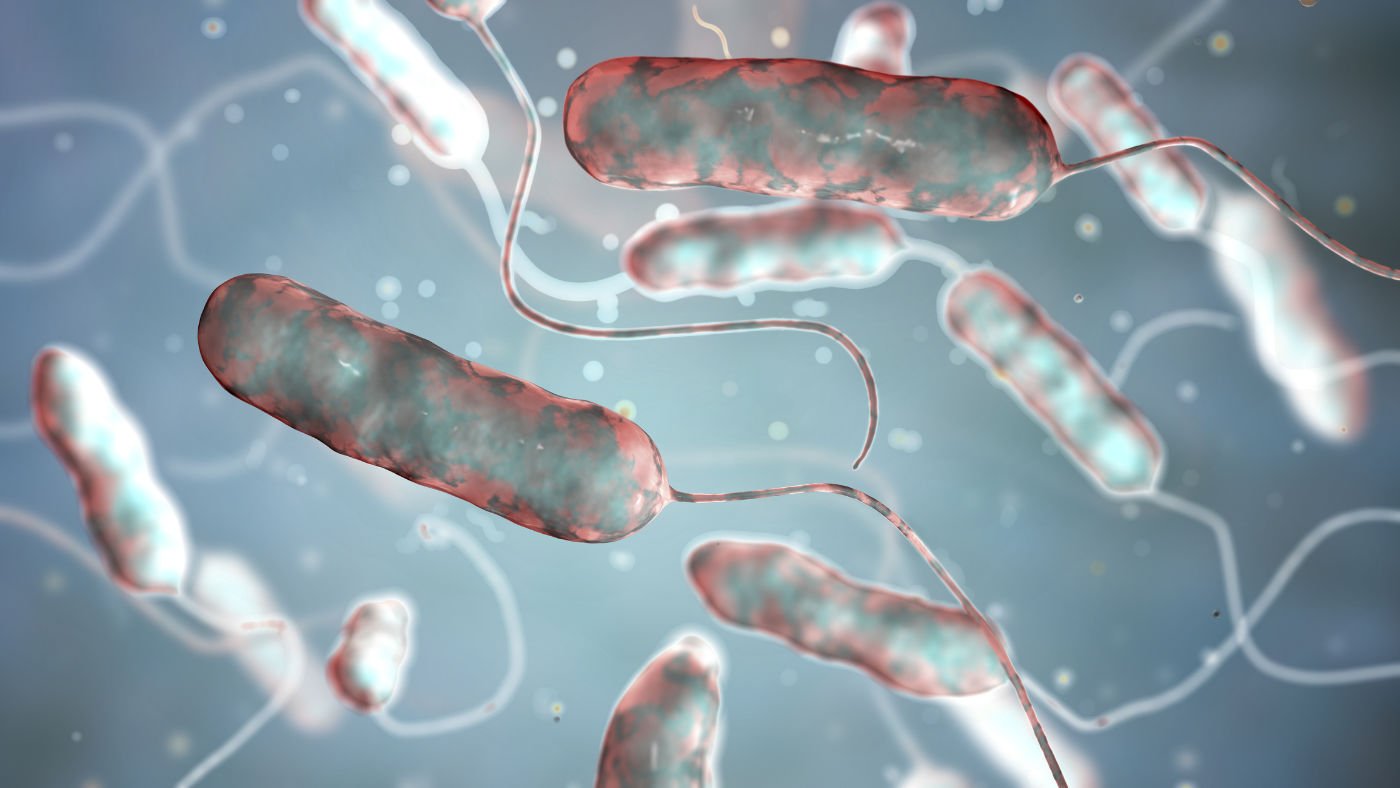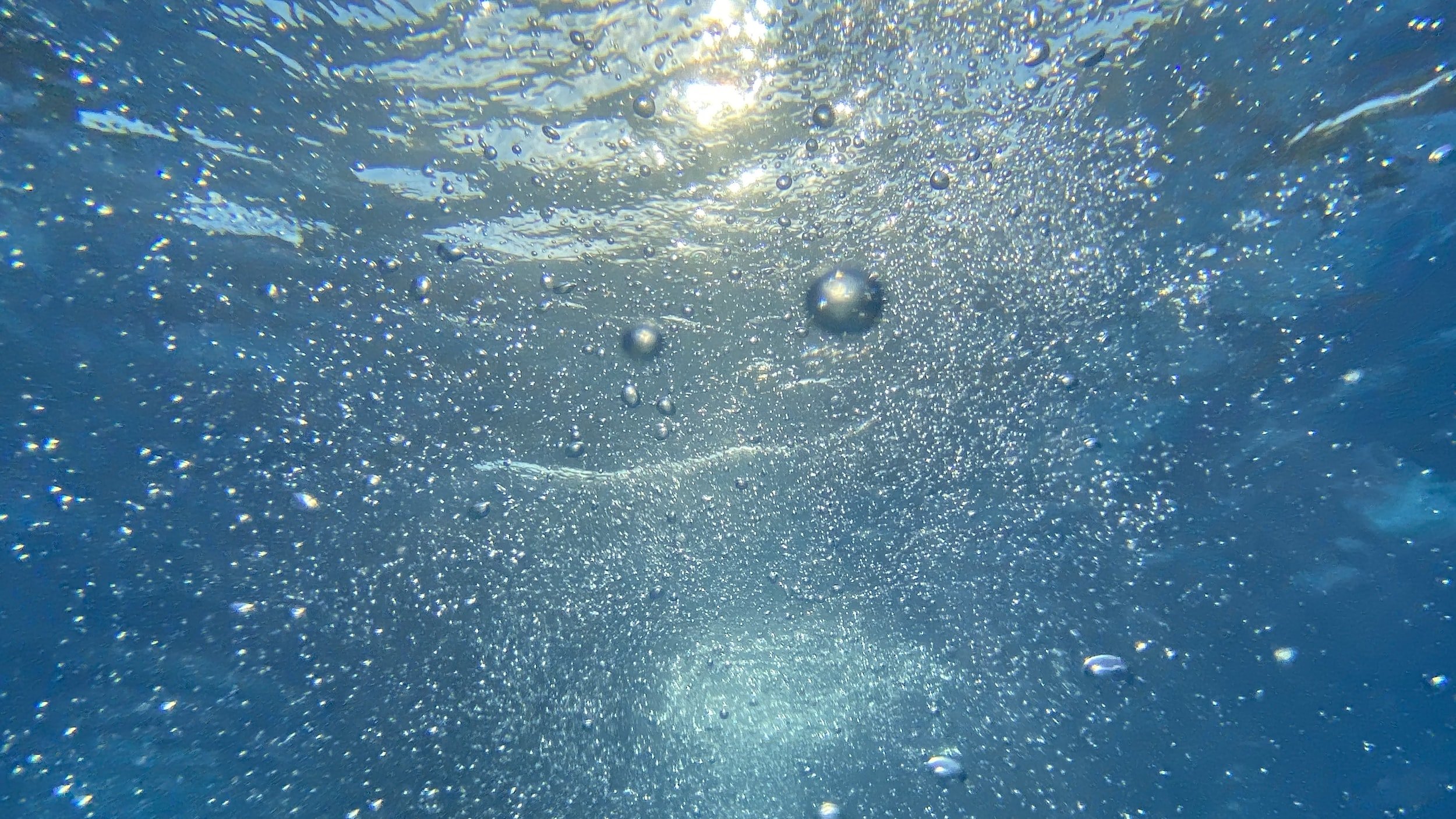
What is Legionella
Legionnaires Disease
-
Legionella Pneumophil
-
Legionnaires Disease - Legionella Pneumophil -
Introduction to Legionella
Legionella Bacteria
The bacterium Legionella pneumophila and related bacteria are commonly found in natural water sources such as rivers, lakes and reservoirs, although this is usually in low numbers. They may also be found in purpose-built water systems such as cooling towers, evaporative condensers, hot and cold water systems and spa pools.
Legionnaires Disease is a form of pneumonia, which can be fatal. The most at risk are the very old and the very young, the ill and smokers to name a few. Legionella bacteria can also cause other, less harmful illness such as Pontiac fever and Lochgoilhead fever, which can affect all people.
The main route of infection is through inhalation, by inhaling airborne water droplets that contain Legionella. It cannot be spread from person to person. The majority of cases or outbreaks of the disease have been via domestic water services, evaporative cooling towers, and spa pools.
Where does Legionella Bacteria come from?
Legionella bacteria are widespread in natural water systems, eg rivers and ponds. However, the conditions are rarely right for people to catch the disease from these sources. Outbreaks of the illness occur from exposure to legionella growing in purpose-built systems where water is maintained at a temperature high enough to encourage growth, eg cooling towers, evaporative condensers, hot and cold water systems and spa pools used in all sorts of premises (work and domestic)
How do you contract Legionnaires Disease
Legionnaires' disease is contracted by inhaling small droplets of water (aerosols), suspended in the air, containing the bacteria. Certain conditions increase the risk from legionella if:
the water temperature in all or some parts of the system may be between 20-45 °C, which is suitable for growth
it is possible for breathable water droplets to be created and dispersed eg aerosol created by a cooling tower, or water outlets
water is stored and/or re-circulated
there are deposits that can support bacterial growth providing a source of nutrients for the organism eg rust, sludge, scale, organic matter and biofilms
Contributing Factors Include
There are a number of factors that are required to create risk of legionellosis. These contributing factors include:
the presence of legionella
the presence of population vulnerable to exposure
a means of creating aerosol
suitable conditions for Legionella to proliferate
lack of control & management measures
The conditions and contributing factors to legionella growth include
The conditions and contributing factors to legionella growth include:
temperatures between 20-45°C
available nutrients (including sediment, biofilm, algae, scale, rust, material, etc.)
presence of biofilm on surfaces of water
poor or in adequate management including training and awareness

